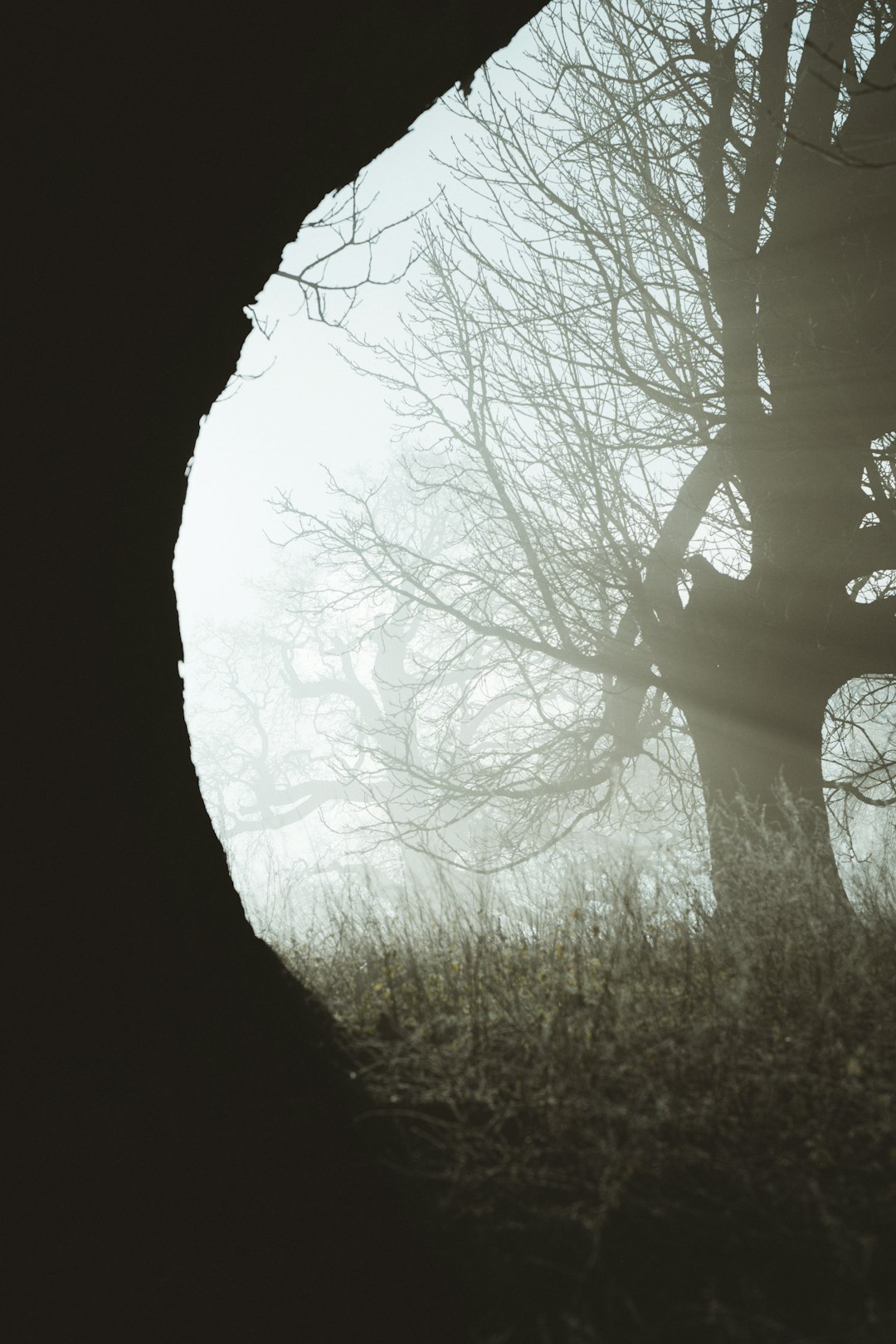As the days get shorter and the weather gets colder, many people experience a shift in their mood. For some, this shift can lead to feelings of sadness, hopelessness, and lack of motivation. This is commonly known as the “winter blues” or seasonal affective disorder (SAD).
If you find yourself struggling with depression in the winter, know that you are not alone. In fact, it is estimated that 10-20% of people experience some form of seasonal depression. In this article, we will discuss what causes depression in the winter, how to recognize the symptoms, and most importantly, how to deal with it.
What Causes Depression in the Winter?
Lack of Sunlight
One of the main causes of depression in the winter is the lack of sunlight. During the winter months, the days are shorter and the sun is not as strong. This can disrupt our body’s natural circadian rhythm, which is responsible for regulating our sleep-wake cycle and mood.
Vitamin D Deficiency
Sunlight is also a major source of vitamin D, which is essential for our overall health and well-being. When we are not exposed to enough sunlight, our vitamin D levels can drop, leading to symptoms of depression.
Holiday Stress
The holiday season can also be a major contributor to depression in the winter. With the pressure to have a perfect holiday, financial strain, and family conflicts, it is no surprise that many people experience increased stress and anxiety during this time.
How to Recognize the Symptoms of Depression in the Winter
The symptoms of depression in the winter are similar to those of major depression, but they occur seasonally. Some common symptoms include:
- Persistent feelings of sadness, hopelessness, or emptiness
- Lack of energy and motivation
- Changes in appetite and weight
- Difficulty sleeping or oversleeping
- Loss of interest in activities once enjoyed
- Difficulty concentrating and making decisions
- Thoughts of self-harm or suicide
If you experience these symptoms for two or more weeks, it is important to seek help from a therapist or mental health professional.
How to Deal with Depression in the Winter
Light Therapy
One of the most effective ways to deal with depression in the winter is through light therapy. This involves sitting in front of a special light box for 20-30 minutes each day. The light mimics natural sunlight and can help regulate your circadian rhythm and increase your vitamin D levels.
Get Outside
While it may be tempting to stay indoors and hibernate during the winter months, getting outside and exposing yourself to natural sunlight can greatly improve your mood. Even a short walk around the block can make a difference.
Exercise Regularly
Exercise is a natural mood booster and can help alleviate symptoms of depression. Aim for at least 30 minutes of physical activity each day, whether it’s going for a run, taking a yoga class, or simply dancing around your living room.
Practice Self-Care
During the winter months, it is important to prioritize self-care. This can include taking a warm bath, reading a book, or indulging in your favorite hobby. Make time for activities that bring you joy and help you relax.
Seek Therapy
If you are struggling with depression in the winter, seeking therapy can be incredibly beneficial. A therapist can help you identify the root causes of your depression and provide you with coping strategies and tools to manage your symptoms.
Real-Life Examples of Coping with Depression in the Winter
Mindfulness Meditation
One effective coping strategy for depression in the winter is mindfulness meditation. This involves focusing on the present moment and accepting your thoughts and feelings without judgment. By practicing mindfulness, you can learn to let go of negative thoughts and emotions and find peace in the present.
Cognitive Behavioral Therapy (CBT)
CBT is a type of therapy that focuses on changing negative thought patterns and behaviors. It can be particularly helpful for those struggling with depression in the winter. By identifying and challenging negative thoughts, you can learn to reframe them in a more positive and realistic way.
Who Can Help You Deal with Depression in the Winter?
If you are struggling with depression in the winter, know that you do not have to face it alone. Seeking help from a therapist or mental health professional can provide you with the support and guidance you need to manage your symptoms and improve your overall well-being.
Takeaways
Dealing with depression in the winter can be challenging, but there are many strategies and resources available to help you cope. By prioritizing self-care, seeking therapy, and incorporating healthy habits into your daily routine, you can effectively manage your symptoms and improve your mood. Remember, you are not alone and there is always help available.
References
- Lack of Sunlight:Reference: “Seasonal Affective Disorder.” Mayo Clinic, Mayo Foundation for Medical Education and Research, 25 July 2019, https://www.mayoclinic.org/diseases-conditions/seasonal-affective-disorder/symptoms-causes/syc-20364651.
- Vitamin D Deficiency:Reference: Holick, Michael F. “Vitamin D Deficiency.” New England Journal of Medicine, vol. 357, no. 3, 2007, pp. 266-281. DOI: 10.1056/NEJMra070553
- Holiday Stress:Reference: “Holiday Stress and Mental Health.” National Alliance on Mental Illness, 2021, https://www.nami.org/About-Mental-Illness/Common-with-Mental-Illness/holiday-stress
- Symptoms of Depression in the Winter:Reference: “Seasonal Affective Disorder (SAD).” NHS, 2019, https://www.nhs.uk/conditions/seasonal-affective-disorder-sad/symptoms/
- Light Therapy:Reference: “Seasonal Affective Disorder.” Mayo Clinic, Mayo Foundation for Medical Education and Research, 25 July 2019, https://www.mayoclinic.org/diseases-conditions/seasonal-affective-disorder/diagnosis-treatment/drc-20364722.
- Get Outside:Reference: “Seasonal Affective Disorder (SAD).” National Institute of Mental Health, U.S. Department of Health and Human Services, 2019, https://www.nimh.nih.gov/health/topics/seasonal-affective-disorder/index.shtml#part_145394.
- Exercise Regularly:Reference: Rosenbaum, Simon, et al. “Physical Activity in the Treatment of Post-Traumatic Stress Disorder: A Systematic Review and Meta-Analysis.” Psychiatry Research, vol. 281, 2019, 112552. DOI: 10.1016/j.psychres.2019.112552.
- Practice Self-Care:Reference: Segal, Robert, et al. “Depression Self-Help: Self-Care Strategies to Combat Depression.” HelpGuide, https://www.helpguide.org/articles/depression/depression-self-help.htm.
- Seek Therapy:Reference: “Psychotherapy for Depression.” National Institute of Mental Health, U.S. Department of Health and Human Services, 2019, https://www.nimh.nih.gov/health/topics/depression/index.shtml#part_145395.
- Mindfulness Meditation:Reference: Kuyken, Willem, et al. “Effectiveness and Cost-Effectiveness of Mindfulness-Based Cognitive Therapy Compared with Maintenance Antidepressant Treatment in the Prevention of Depressive Relapse or Recurrence (PREVENT): A Randomised Controlled Trial.” The Lancet, vol. 386, no. 9988, 2015, pp. 63-73. DOI: 10.1016/S0140-6736(14)62222-4.
- Cognitive Behavioral Therapy (CBT):Reference: Beck, Aaron T., et al. “Cognitive Therapy of Depression.” Guilford Press, 1979.









